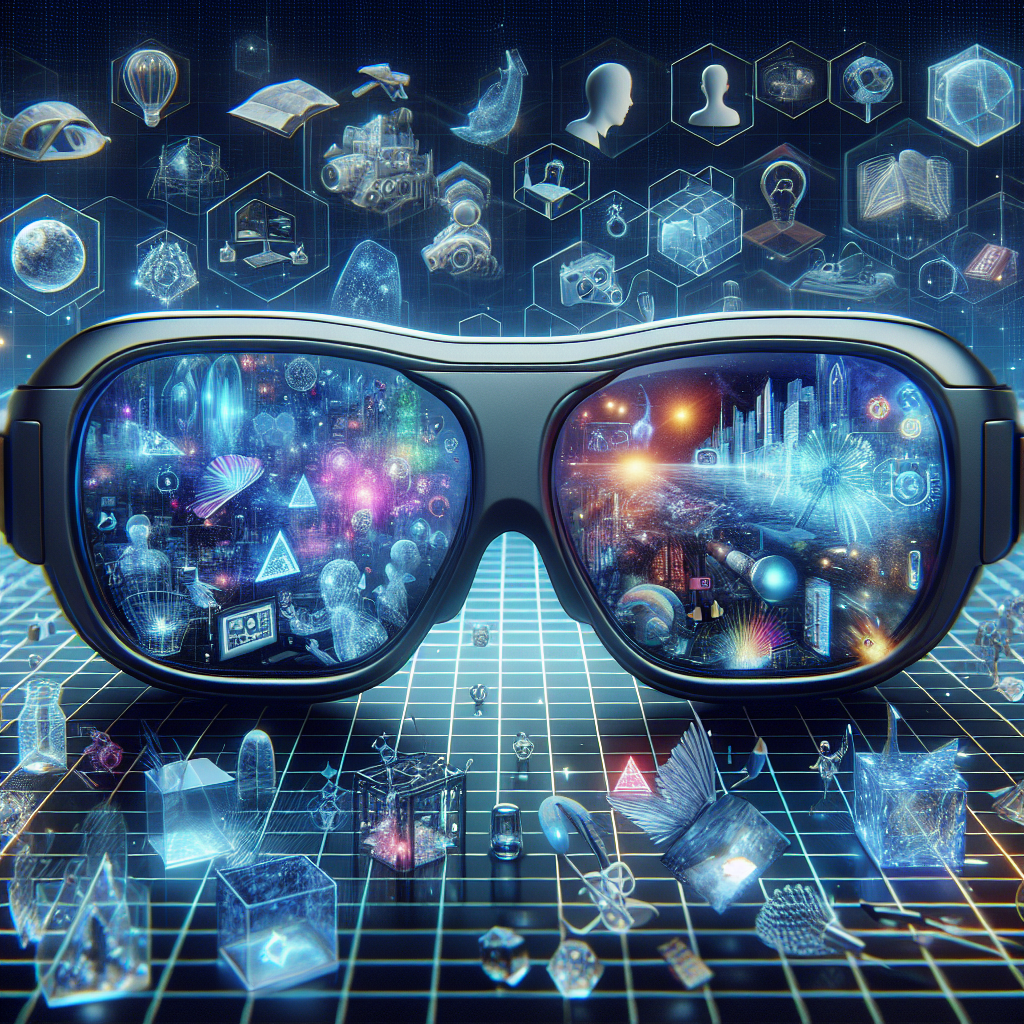Augmented Reality (AR) has revolutionized the way we perceive and interact with the world around us. By overlaying digital information on our physical environment, AR has opened up a world of possibilities for entertainment, education, healthcare, retail, and many other industries. In recent years, the term “spatial computing” has emerged as a new paradigm in the world of AR, expanding its applications beyond just enhancing our visual experience.
Spatial computing is not just about placing digital objects in physical space; it is about creating immersive and interactive digital experiences that are tightly integrated with our surroundings. This has opened up a whole new realm of possibilities for AR, with applications ranging from gaming and training to navigation and design. In this article, we will explore some of the boundless applications of AR in spatial computing and how they are shaping the future of technology.
Gaming
One of the most popular applications of AR in spatial computing is gaming. From Pokémon Go to Harry Potter: Wizards Unite, AR has transformed the way we play games by bringing them into the real world. By overlaying digital creatures and objects on our physical environment, AR gaming blurs the lines between the virtual and the real, creating truly immersive experiences for players. This is just the beginning, as developers continue to push the boundaries of AR gaming with new technologies like spatial mapping and persistence.
Training and Education
AR has also found a home in the world of training and education, offering new ways to learn and practice skills. From medical simulations to industrial training, AR can provide hands-on experience in a safe and controlled environment. For example, medical students can practice surgeries on virtual patients, while factory workers can learn how to operate complex machinery without the risk of injury. AR is also being used in classrooms to make learning more engaging and interactive, with applications ranging from virtual field trips to interactive science experiments.
Healthcare
In healthcare, AR is being used to revolutionize patient care and medical procedures. Surgeons can use AR to overlay digital information on a patient’s body during surgery, helping them navigate complex anatomy and perform procedures with more precision. Patients can also benefit from AR, with apps that provide personalized health information and reminders for medications. AR is even being used to treat mental health conditions like phobias and PTSD, by creating virtual environments for exposure therapy.
Retail
Retailers are also tapping into the potential of AR in spatial computing to enhance the shopping experience for customers. AR apps can allow customers to virtually try on clothes and accessories before making a purchase, reducing the need for physical fitting rooms. Retailers can also use AR to create interactive displays and signage that guide customers through the store and provide personalized recommendations based on their preferences. This not only enhances the shopping experience but also helps retailers gather valuable data about customer behavior and preferences.
Design and Architecture
AR is also being used in design and architecture to visualize and prototype projects in a 3D space. Architects can use AR to overlay digital models on physical spaces, allowing them to see how a building will look before it is constructed. This can help identify potential design flaws and make adjustments early in the process, saving time and money. Interior designers can also use AR to place virtual furniture and decorations in a room, giving clients a realistic preview of the final design.
FAQs:
1. What is the difference between AR and spatial computing?
AR is a technology that overlays digital information on the physical world, while spatial computing is a broader concept that encompasses the integration of digital experiences with physical space. Spatial computing goes beyond just enhancing visual experiences with AR, by creating immersive and interactive digital environments that are tightly integrated with our surroundings.
2. How is AR used in gaming?
In gaming, AR is used to create immersive and interactive experiences by overlaying digital creatures and objects on our physical environment. This blurs the lines between the virtual and the real, allowing players to interact with digital content in the real world.
3. How is AR being used in healthcare?
In healthcare, AR is being used to revolutionize patient care and medical procedures. Surgeons can use AR to overlay digital information on a patient’s body during surgery, helping them navigate complex anatomy and perform procedures with more precision. Patients can also benefit from AR, with apps that provide personalized health information and reminders for medications.
4. How is AR being used in retail?
Retailers are using AR to enhance the shopping experience for customers. AR apps can allow customers to virtually try on clothes and accessories before making a purchase, reducing the need for physical fitting rooms. Retailers can also use AR to create interactive displays and signage that guide customers through the store and provide personalized recommendations.
In conclusion, the applications of AR in spatial computing are truly boundless. From gaming and training to healthcare and retail, AR is transforming the way we interact with the world around us. As technology continues to evolve, we can expect even more innovative applications of AR that will shape the future of spatial computing.
